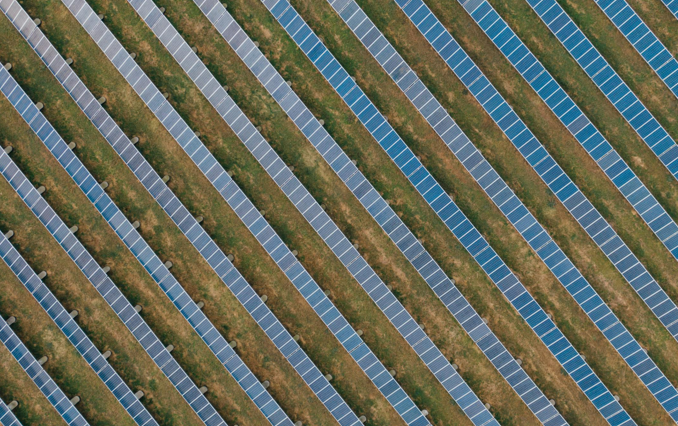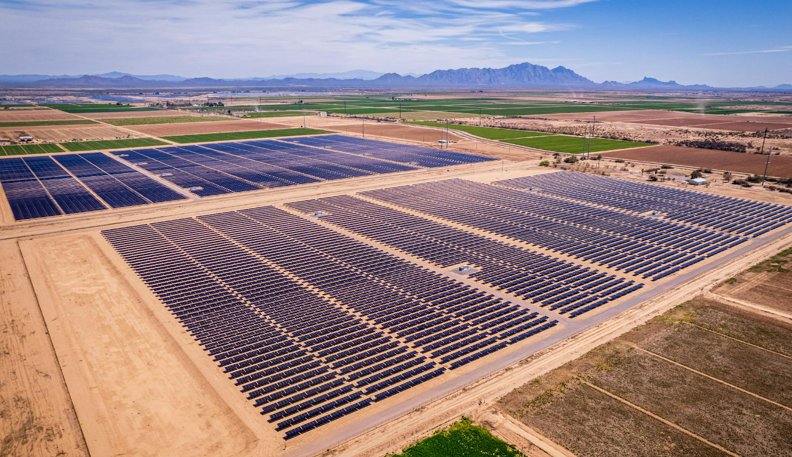According to a white paper released by Information Office of the State Council, since 2013, the annual average proportion of newly installed renewable energy capacity of China has accounted for over 40% of the global total. And by 2023, the proportion of new installed capacity jumped to more than half of the global total.
Report from the International Renewable Energy Agency points out that over the past 10 years, due to China’s contribution, the average cost of electricity per kilowatt hour for global solar power projects has decreased by more than 80%.
The two major obstacles of supply-demand mismatch and trade barriers pose challenges to the development of the PV industry. But with the continuous guidance of policies and the gradual regulation of the market, these obstacles are gradually being overcome.

Production reduction + price increase, alleviate the supply-demand mismatch
Recently, there have been signals of stabilizing prices in silicon wafers and solar modules, etc.
The China Photovoltaic Industry Association organized a symposium on August 29th to discuss tender pricing mechanisms for large-scale PV projects. The participants said that current industry losses are harming the sustainable development of the PV industry. Excessively low pricing undermines product quality and delivery for downstream power station owners.
Just two days before the meeting, two major silicon wafer companies, Longi Solar and TCL Zhonghuan, announced price increases for silicon wafers. The two companies stated that this price adjustment aims to promote the PV industry to overcome the dilemma of low price competition and help the industry return to a healthier competitive environment.
According to a report by Sinolink Securities, currently, the prices and profits of the PV industry are clearly at the bottom. The process of clearing out outdated production capacity on the supply side began in the fourth quarter of 2023 and has gone through several landmark events. Currently, it has entered the middle and later stages of this supply side reshuffle, and the subsequent release of terminal demand may gradually drive the recovery of industry chain profits.

Chinese company for the first time received clean energy tax credits in the US
The top ten largest companies in the global PV industry are all Chinese enterprises. This situation has to some extent intensified competition in the international market in the past few years, and has triggered concerns and anxieties from various parties, including the United States.
JinkoSolar announced on September 3rd that its Florida factory has received tax credits under the US Inflation Reduction Act (IRA). This was the first time for Chinese solar companies to receive policy incentives for clean energy projects in the US. It means that Chinese solar companies are gradually deepening their layout in the US and have received recognition and support from the US government.
This may be seen as a new round of adjustment signal for the cooperation and competition between China and the US in the field of PV industry.
Industry insiders stated that signals of reduced geopolitical risks are gradually emerging for the PV industry. This change may bring about a more open market environment and more opportunities for international cooperation, which will help promote technological innovation and industrial upgrading. It is beneficial for solar companies that have already established factories in the US.
With the gradual easing of internal and external pressures in the PV industry, as well as the active promotion of domestic and foreign policies, the PV industry is expected to usher in new development opportunities.


